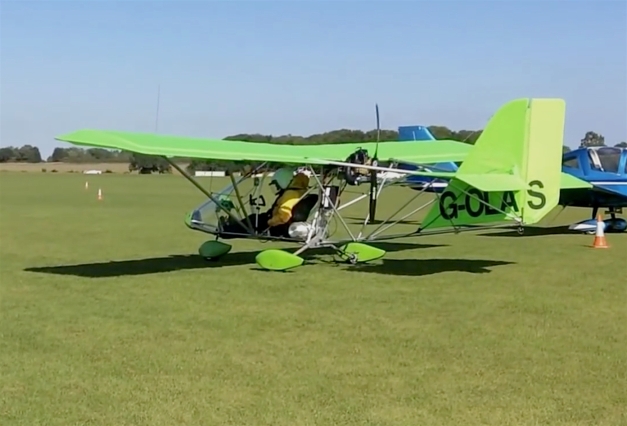 As regular readers will know, I believe there is a yawning gap at the less expensive end of the new light aircraft market, which other countries (USA, UK, Germany and France to name a few) have already moved to fill. Their aviation authorities have done this by either ‘de-regulating’ (UK) or reducing compliance requirements (USA, Germany, France) for single-seat factory-built aircraft.
As regular readers will know, I believe there is a yawning gap at the less expensive end of the new light aircraft market, which other countries (USA, UK, Germany and France to name a few) have already moved to fill. Their aviation authorities have done this by either ‘de-regulating’ (UK) or reducing compliance requirements (USA, Germany, France) for single-seat factory-built aircraft.
Unfortunately, Australia has been very slow (in fact has not moved at all) in adopting similar arrangements. I firmly believe that a sub A$30,000 single seat aircraft would sell well in Australia, if only the authorities here (where are you Recreational Aviation Australia??) would move to allow these aircraft to be factory built, rather than insisting they be amateur built. There are at least 5 or 6 aircraft types on the market overseas which would suit us very nicely.
One of my favourites is the Aerolite 120 (European) or Aerolite 103 (USA) which I have covered before. Basically, the aircraft are almost identical, with minor changes to suit the requirements in each country. The Aerolite 120 is factory-manufactured by Vierwerk GmbH in Germany to stringent standards and as a result has now been approved by the authorities in the UK, alongside a bevy of other single seat aircraft including the Belite.
First UK owner is Stephen Oliver, who writes in the UK’s Light Aviation Magazine of an entertaining first circuit and subsequent cross-country flight home in his new Aerolite 120. There’s also a short video of Stephen’s first take off and landing – in a 10 knot crosswind – released by Kairos Aviation the UK distributor for the Aerolite 120.
There’s an interesting and candid conclusion to the article, which is a reminder to all of us that getting out of a relatively high-powered Rotax 100hp engine LSA and into a 28hp very low inertia ultralight certainly requires care. In the old days, I think it used to be called ‘difference training’ – maybe still is. Aircraft are not all the same and speed management in high-drag, low-inertia aircraft is a skill to be ignored at your peril.
Nevertheless, I think the Aerolite would make a great weekend (or summer evenings/mornings) aircraft. For someone on a limited budget (aren’t we all?) or who wants to feel the thrill of open cockpit flying (which is very addictive), the ability to take off and land on unmade strips and even to thermal a little is an attractive proposition.

